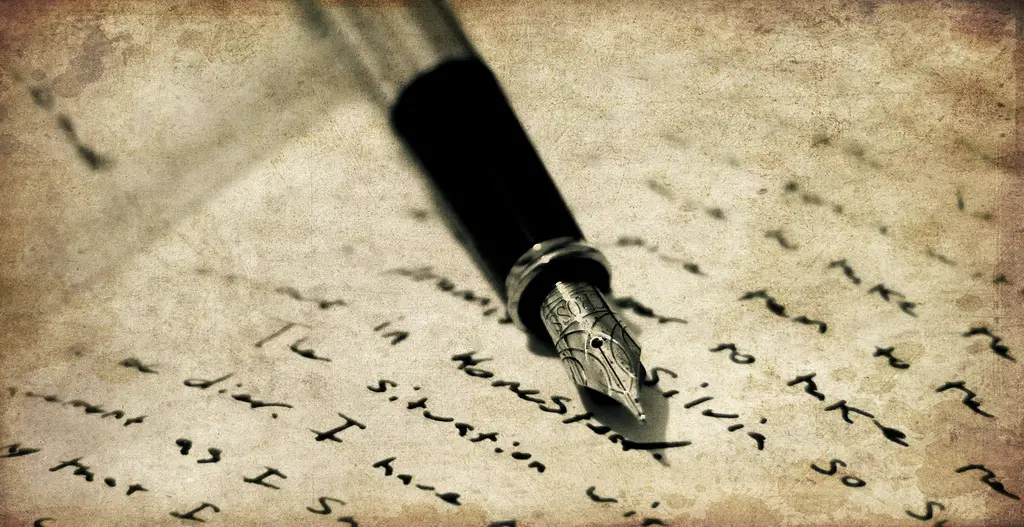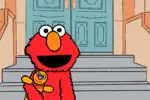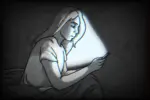In the classroom and in society, we discuss the depression of creatives in vague terms at times, often referring to their “dark” or “troubled” lives, but what we rarely say directly is that an author struggled with depression.
We skip from one concept to the next, from important background information straight to their suicide, and what we don’t say is that, like 16 million Americans in 2015, writers struggle with depression. In high school English classes, students might learn that Ernest Hemingway shot himself or that Sylvia Plath put her head in an oven, but we never say that either of them struggled with mental illness.
The way society talks about artists’ and writers’ lives needs to change; we need to set aside romantic notions of struggling and dying young, no longer vaguely referring to a dark past, but reminding readers that famous writers weren’t haunted by inner demons, but that they, very simply said, dealt with depression. It’s time to stop disguising depression as something else and instead call it by its name.
When a writer struggles with depression that culminates in suicide, things get blown out of proportion, and the writer’s whole life, unless examined by someone who makes the effort to read a biography, will often only be discussed in vague, romantic terms. Unless there is something specific in the artist’s experience that explains their mental and emotional state, the term “depression” is rarely thrown around. Depression is not exciting enough for the reader; it does not satisfy what the public wants to know about the author.
People tend to tune out when hearing about depression, as if the experience a depressed individual is recounting were something intangible and imaginary, like a dream. Narratives of the disease can be perceived as melodramatic or weak, and it’s often difficult for other individuals to comprehend the degree of a depressed individual’s suffering.
If the mental illness were a visible affliction, if it manifested itself as a full-body cast, would others understand how paralyzing it is? People can’t always conceptualize depression because they haven’t felt it, and that’s why we never say outright that a writer struggled with depression. Discussions of an author’s life are always framed with an end result, suicide. Suicide implies this kind of deep melancholy, but we never directly name it as such.
That being said, a 2012 study found that writers are twice as likely to commit suicide. Coupled with that study is another that suggests that depression can lead to meaningful ruminations that allow depressed individuals to think more deeply about life and topics that people who aren’t depressed are less likely to consider.
Let’s not glorify depression, because depression is not a gift, but it’s something that might prompt a paroxysm of typing fingers on keys or swiftly penned poems in a journal. The wild miracle about writers with depression is that they are somehow able to work through their depression to create things for the world to read, and long works at that. David Foster Wallace, who committed suicide in 2008, produced the 1,079-page contemporary masterpiece “Infinite Jest.”
As someone who struggles with depression, sometimes it’s hard for me to get out of bed in the morning, hitting snooze in a sad cycle for two hours, avoiding waking up and avoiding the workload that I’ve been dodging for a week. How many times did Virginia Woolf struggle to get out of bed? How much time did Poe spend locked in his room, trapped in his mind and forgetting about the outside world?
Depictions of the lives of artists that have struggled with the disease are often dramatic, revealing some of the nadirs of an artist’s depression, but leaving out countless hours individuals with severe sadness might spent sitting alone in their room doing absolutely nothing and feeling absolutely nothing.
These are not the moments that viewers of a film version of an artist’s life want to see, nor are they easy moments to convey through film or writing. The affliction is unfathomable for some, and it is perhaps the reason why its depiction and the discourse surrounding depressed artists’ lives lacks such straightforwardness.
We should recognize depression’s strange ways of drawing out meaningful thoughts of creatives throughout history, but we should not simultaneously elevate and water down depression by referring to it as vague, dark periods in an artist’s life. We need to humanize our favorite literary figures and remind readers that an artist’s life is not simply their suicide, but the struggle that they endured leading up to the event.
Some artists don’t overcome depression, and others, like J.K. Rowling, do, and serve as a reminder to young readers and writers that they are not alone, and that artistic life does not always culminate in suicide.


















Major depression is a terrible disease worst than cancer in the sense that while cancer has biomarkers to evaluate the stage of disease, in depression you are alone in your own misery.
I used to be one of these depressed “artistic types.” Thankfully, that’s no longer the case. I’ve found that the best way to cure depression, is in fact to cut out instant grat’ from your life: eating cookies, watching TV, or playing video games… Basically, go out there and live life instead of watching other people live theirs while clicking buttons and munching on Lays. I used to be a lazy, depressed mess until I made lifestyle changes and slowly became disciplined. There’s a fantastic guide on beating depression this way at: maxhealthreviews.com/beat-depression